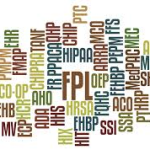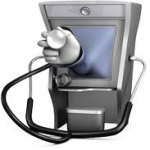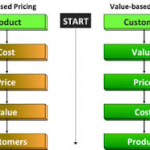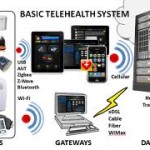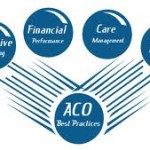
How to Train Your Dragon: Patient Documentation in the 21st Century
What’s one thing you never see Grey’s Anatomy? A doctor sitting down at 3 am to dictate on a patient. Or write a note in their chart. I don’t even remember seeing a doctor on that show even look at a patient’s chart, let alone glean any valuable information from it. No one becomes a doctor because they love to document.


